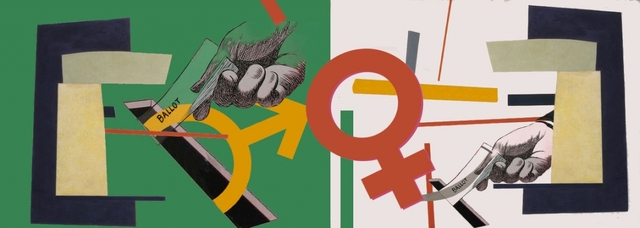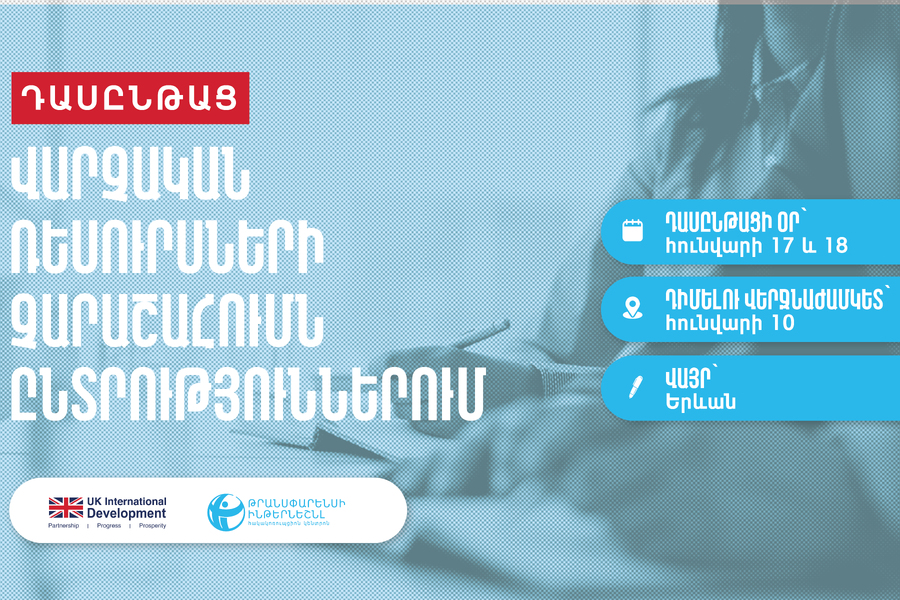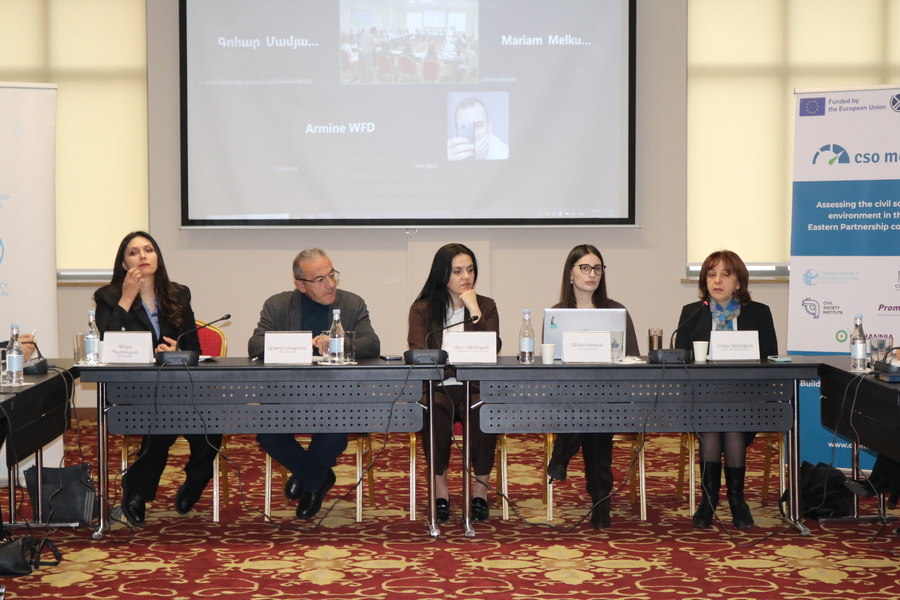Armenia’s New Electoral Code: Quotas For Women and Ethnic Minorities
Rwanda and Armenia do have something in common but it is not their percentage of women in parliament. At 61 percent, Rwanda’s proportion of female representation in its legislative lower house is the highest in the world. Armenia is 110th, but still ahead of its neighbors, Turkey, Georgia, Azerbaijan, Artsakh, and Iran.
On the set of the ArmComedy talk show, Member of Parliament Naira Zohrabyan, an outspoken member of the Prosperous Armenia Party (PAP), lamented Rwanda’s path to greater female representation as an “American experiment.” She does want to see more women colleagues but wants it to be clear that each one earned their position from their own abilities.
In 2003, Rwandan President Paul Kagame oversaw a constitutional referendum that imposed a minimum 30 percent quota for women in parliament. It achieved that target by reserving 24 of the 80 seats in the Chamber of Deputies (legislative lower house) for women candidates. Only women could run for these seats and only women could vote for them. The remaining seats could be contested by both women and men.
Armenia currently has a gender quota but it works very differently. Each set of four candidates on a party’s (or alliance’s) national proportional (hamamasnakan) list needs to include at least one male and one female. Thus, it is not a quota for women per se, but applies both ways. In 2017, these lists were used to assign half of the representatives in the National Assembly. The other half were chosen directly by voters using the ratingayin system, where fewer women tended to get elected. (See Part 1 for a refresher on the hamamasnakan, metsamasnakan, and ratingayin components.)
Under the current electoral code, before any amendments, that 1 in 4 (approximately 25 percent) ratio is already scheduled to be tightened to 1 in 3 (approximately 33 percent) after January 1, 2021. That is, every set of three candidates on a party’s list would include at least one male and one female. With snap elections slated for either late 2018 or spring 2019, the Prime Minister’s Special Commission on Electoral Reform has proposed to accelerate that schedule so that the 1 in 3 ratio would apply for the upcoming election. It has also proposed scrapping the ratingayin component, which did not include any gender quota. The expected result would be for the next group of Armenian parliamentarians to be at least 33 percent female, on par with the United Kingdom, Switzerland, and Austria.
The Armenian Revolutionary Federation (ARF) agrees with instituting this higher quota for the next election however one of their MPs, Spartak Seyranyan, raised eyebrows during the debate at the Parliamentary Working Group on Electoral Reform when he declared, “I am deeply convinced that the current 1 in 4 quota is several times greater than the actual current political potential of women in Armenia.”
It is worth noting that the Parliamentary Working Group on Electoral Reform itself includes four women, one from each parliamentary faction, among its 12 members. The PM’s Special Commission on Electoral Reform includes three women among its 12 members.
It was Yelk MP Lena Nazaryan who raised the bar another rung. She proposed a 40 percent gender quota (ahead of Denmark, Iceland, and New Zealand) for the upcoming election. That threshold came from feedback by women’s rights NGOs during their consultation with the PM’s Special Commission. Naira Zohrabyan brokered a compromise, accepting the 40 percent quota but making it effective only after January 1, 2024, which was agreed to by all parties. From that date, each set of five names on a party’s national list will have to include at least two males and two females.
Lastly, Spartak Seyranyan clarified that gender quotas were not incompatible with the open list proposal put forward by the ARF, where voters could choose individual candidates directly, instead of the order decided upon by each party. In the event that not enough women were elected from a party, the female candidates who received the most votes would bump out their male counterparts (who actually got more direct votes than them) until the quota was met. The Yelk and Tsarukyan factions, both of whom prefer closed lists, did not bother debating the problematic interpersonal dynamics that such an approach would create.
See the article in EVN Report





